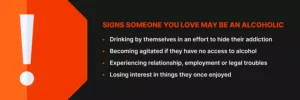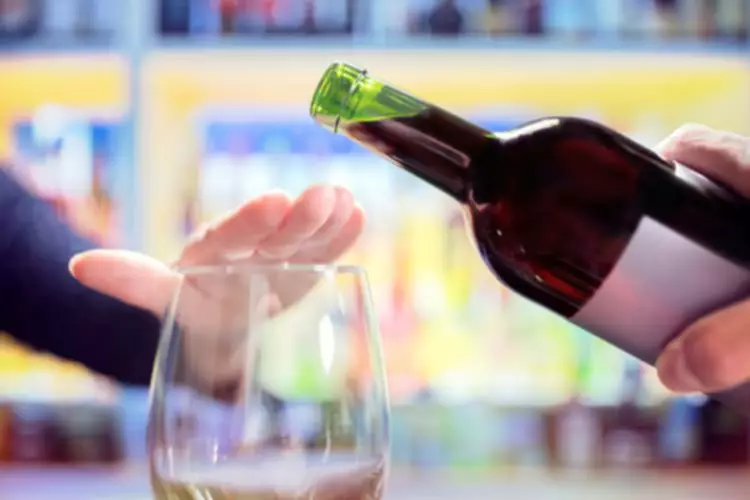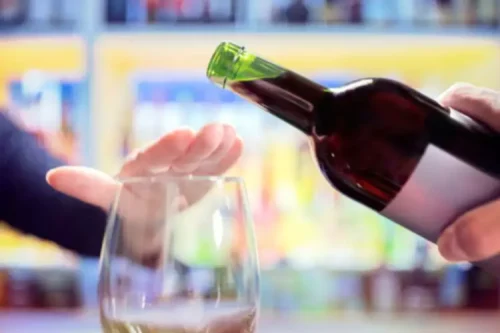
Their alcohol consumption patterns can range from drinking each weekend with friends to one time per month at a work conference. A social drinker is someone who consumes alcoholic beverages occasionally and in moderation, typically in social settings and for the primary purpose of socializing, relaxation, or enjoyment. Social drinkers are able to control their alcohol consumption and do not exhibit problematic or compulsive drinking behaviors. While social drinking is often viewed as a harmless activity, it carries potential health risks and negative consequences that can impact individuals and society.
Social Drinking: Determining Factors And Health Implications
- 69.5% reported they drank alcohol in the past year, and 54.9% reported they drank within the last month.
- Therefore, it is crucial to identify warning signs that can tell us if social drinking is transitioning into an alcohol-related problem.
- Solitary drinking was defined in most studies as drinking while alone (i.e. drinking without others present) (e.g. 7,8,10).
- A substantial decrease in adolescent drinking over the past two decades has been noted, with binge drinking among 12th graders dropping to less than 20% for both boys and girls as of 2019.
- We have come to learn from other family members that my brother-in-law often disparages the LGBTQ+ community at parties.
- Neither person would be considered a regular drinker, but when they do drink they have somewhat different motives.
Setting personal boundaries is crucial; for women, this may mean consuming fewer than seven drinks per week and no more than three drinks in a single day, while for men, it could be less than 14 drinks per week and no more than four drinks a day. Mindful drinking, which includes being aware of one’s drinking habits, recognizing the cues that lead to excessive drinking, and developing refusal skills, is another essential strategy. Social drinking is characterized by widely varying patterns based on cultural norms, age groups, and societal trends.
- Americans may not have invented binge drinking, but we have a solid claim to bingeing alone, which was almost unheard-of in the Old World.
- At a moment when friendships seem more attenuated than ever, maybe it can do so again.
- Alcohol has gained a reputation as a social lubricant and a way to manage anxiety in social settings.
- 2At higher doses Wilson noted that alcohol appeared to exert more of a pharmacological effect (see Caudill et al., 1987).
- Now some grocery stores have wine bars, beer on tap, signs inviting you to “shop ’n’ sip,” and carts with cup holders.
- If you or anyone you know is undergoing a severe health crisis, call a doctor or 911 immediately.
Increased Alcohol Consumption and Alcohol Problems
Occasionally drinking alcohol or even drinking a few times a week is considered normal and harmless. This ingrained cultural attitude remains mostly unchallenged in our society. Because of this, there’s no clarity about when social drinking becomes a problem. 5Although Levenson et al. (1980; Levenson, 1987) did not outline a theory by which alcohol’s effects on cognition affected stress response dampening, they explicitly noted this possibility. We also tested how well group members coordinated their expressive behavior.

How Many Americans Consume Alcohol Socially?

This shift is influenced by social norms, roles, and values, as well as policy interventions such as changes in minimum legal drinking age laws. Drinking problems often develop in your late teens or early twenties and are highly influenced by peer pressure. This may involve binge drinking every weekend, regularly blacking out or finding yourself in an alcoholic stupor for days at a time. Most of the time, problem drinkers function normally without giving alcohol a second thought.

Perhaps it was a one-time event when things got “out of hand,” or maybe it’s been a regular occurrence, but when friends or family stop extending invitations to events where alcohol is served, it can be a sign that your relationship with alcohol needs to be looked at. At Recovery Delivered, we offer 100% online medication-assisted treatment for drug and alcohol addiction. If your family or friends have tried to help, but you’ve ignored their pleas, it’s time to listen and do what’s best for your life and future. By the time you realize or admit you have a problem, alcohol may have negatively affected your life and health in many ways. Choosing to drink multiple times a week can lead to an increased tolerance and the desire to drink more. Following rules for drinking socially can help you avoid drinking too much and may help you avoid alcohol problems in the future.
An obsession with alcohol’s harms understandably followed, starting the country on the long road to Prohibition. Alcohol is consumed by 70% of people 18 years and older in the US (SAMHSA, 2018). While most US adults do not experience problems related to their alcohol use, 5.8% have an alcohol use disorder (AUD) (SAMHSA, 2018), defined as a “problematic pattern of alcohol use leading to clinically significant impairment social drinking and drinking problem or distress” (DSM-5; American Psychiatric Association, 2013).
- However, the social drinking definition of the consumption of alcoholic beverages in social settings, like parties, gatherings, or casual meetings with friends and colleagues, is pretty accurate.
- Despite its intuitive appeal, however, by the early 1970s, reviews of this literature revealed surprisingly unreliable effects of alcohol on emotional states.
- From a social learning perspective, drinking offers a way of coping with life’s demands that can become maladaptive if excessively used (Abrams & Niaura, 1987).
- Clearly additional studies conducted across laboratories are needed to replicate and expand the group formation project findings discussed here.
- Prohibition did, in fact, result in a dramatic reduction in American drinking.
This pattern points to new directions for understanding the factors that both mediate and moderate the impact of alcohol on emotion in social settings. Much experimental research examining the moderating influence of personality on the effects of alcohol has tested social drinking participants in isolation (e.g., Sayette et al., 2001b; though see; Sher & Walitzer, 1986). Consequently, most studies of person-level moderators of alcohol’s effects create atypical conditions. Without considering https://ecosoberhouse.com/ social context, investigators may have struggled to identify potential moderators of the reinforcing effects of alcohol (Sayette, 1993a).